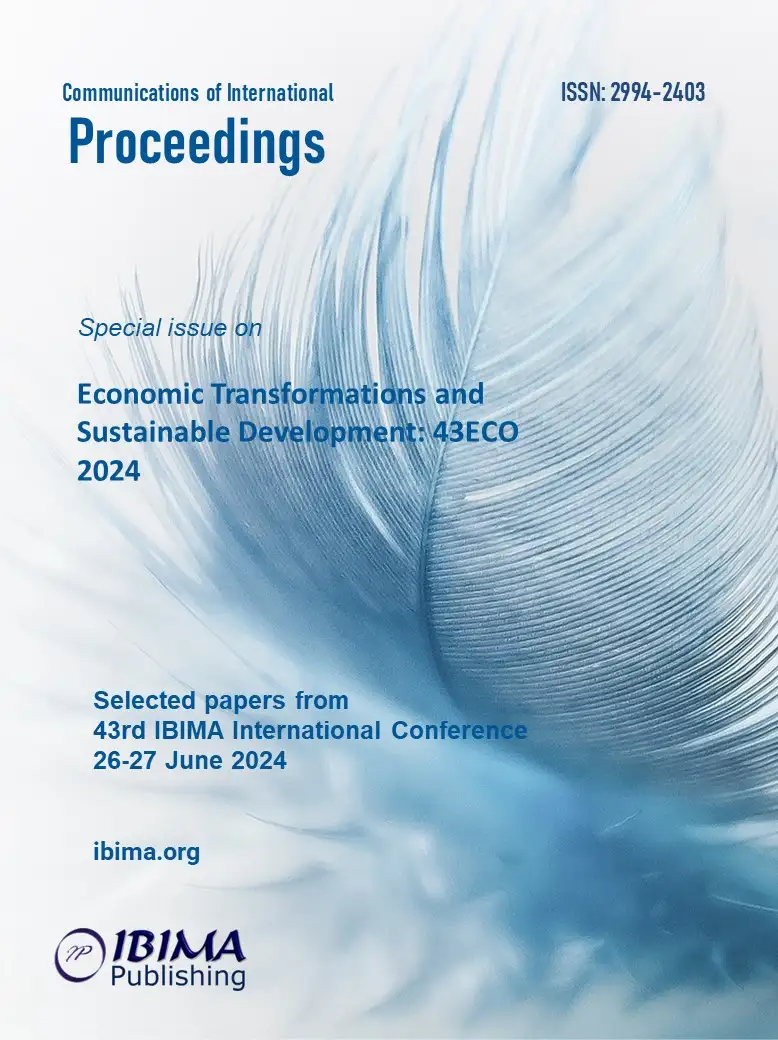
1Perica VOJINIC, 2Marija BECIC and Nina DALMATIN
1,2Department of Business and Economics, University of Dubrovnik

Although the equalisation of women’s and men’s rights implemented by the Republic of Croatia and the European Union through its equal opportunities policy is leading to an increasingly better situation for women in the labour market, the gender pay gap persists in all EU countries. Closing the gender pay gap requires intensive efforts by policy makers and employers to tackle the underlying problems. At the same time, Europe is facing an ageing population due to increasing life expectancy, declining birth rates and rising retirement ages. The persistence and widening of the gender pay gap in certain age groups highlights the importance of removing structural barriers and adopting policies that promote gender equality in the labour market at all stages of a person’s career. The aim of this paper is to examine the gender pay gap for selected Central and Eastern European (CEE) countries for the period 2013-2022 and to analyse how it differs across age groups, with a particular focus on Croatia. The results of the descriptive analysis and ANOVA indicate that the gap in Croatia is most pronounced among workers in the 45-54 age group, reflecting the disadvantages accumulated over a lifetime, including lower lifetime earnings and lower pension provision for women. In other CEECs, this difference is greatest in the younger age group (35-44). This study adds to the existing knowledge and contributes to the literature on the gender pay gap by age.